Ice Fishing vs Fly Fishing: Which One’s For You?
Fishing stands as one of humanity’s oldest activities, evolving from a survival necessity to a beloved recreational pursuit enjoyed worldwide. Among the diverse fishing methods available today, ice fishing and fly fishing represent two distinctly different approaches that appeal to different personalities, preferences, and seasonal opportunities. Each offers unique experiences, challenges, and rewards that can captivate anglers for a lifetime.
Whether you’re drawn to the meditative solitude of a frozen lake or the rhythmic dance of casting a fly on a summer stream, understanding the fundamental differences between these fishing styles will help you determine which might be your perfect match. This comprehensive comparison explores every aspect of these contrasting fishing methods to help you decide which one aligns with your interests, lifestyle, and fishing aspirations.
The Fundamental Differences
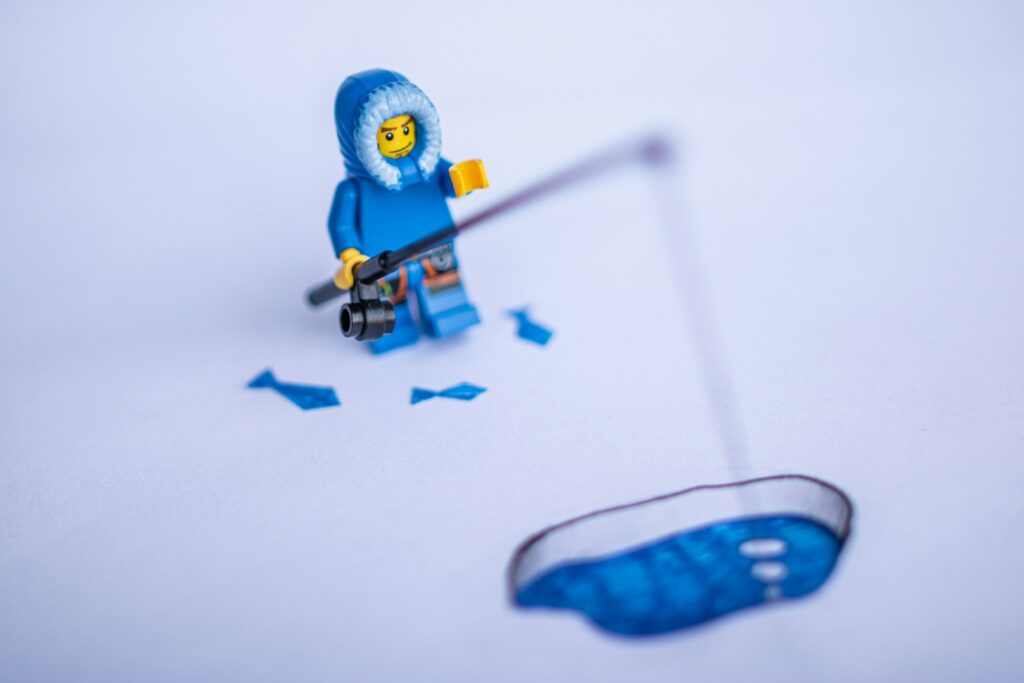
Ice fishing and fly fishing represent opposite ends of the angling spectrum in almost every way imaginable. Ice fishing takes place during winter months on frozen bodies of water, requiring anglers to drill holes through ice and fish vertically in a relatively stationary position. The activity often involves shelters, specialized gear for cold weather, and techniques focused on enticing fish in cold-water conditions. Fly fishing, conversely, is predominantly a warm-weather pursuit practiced in flowing rivers and streams, characterized by continuous movement and the artful casting of lightweight artificial flies that mimic insects.
The differences extend beyond seasons and settings to encompass entirely different skill sets, equipment requirements, learning curves, and even philosophical approaches to the fishing experience. Understanding these fundamental distinctions forms the essential starting point for determining which style might better suit your personality and preferences.
Seasonal Considerations

The most obvious distinction between these fishing methods lies in their seasonal availability and weather conditions.
Ice fishing is specifically a winter activity, typically running from December through March in northern regions when lakes freeze solid enough to support anglers safely. This makes it an excellent option for those who want to continue fishing year-round or who particularly enjoy winter outdoor activities. Fly fishing, while technically possible year-round in some regions, reaches its prime during spring, summer, and fall when insect hatches are abundant and waters aren’t frozen.
Many dedicated anglers practice both methods to extend their fishing calendar across all seasons, using fly fishing during warmer months and transitioning to ice fishing when lakes freeze. Your regional climate and personal tolerance for cold weather will significantly influence which method might be more accessible and enjoyable for you.
Equipment Investment
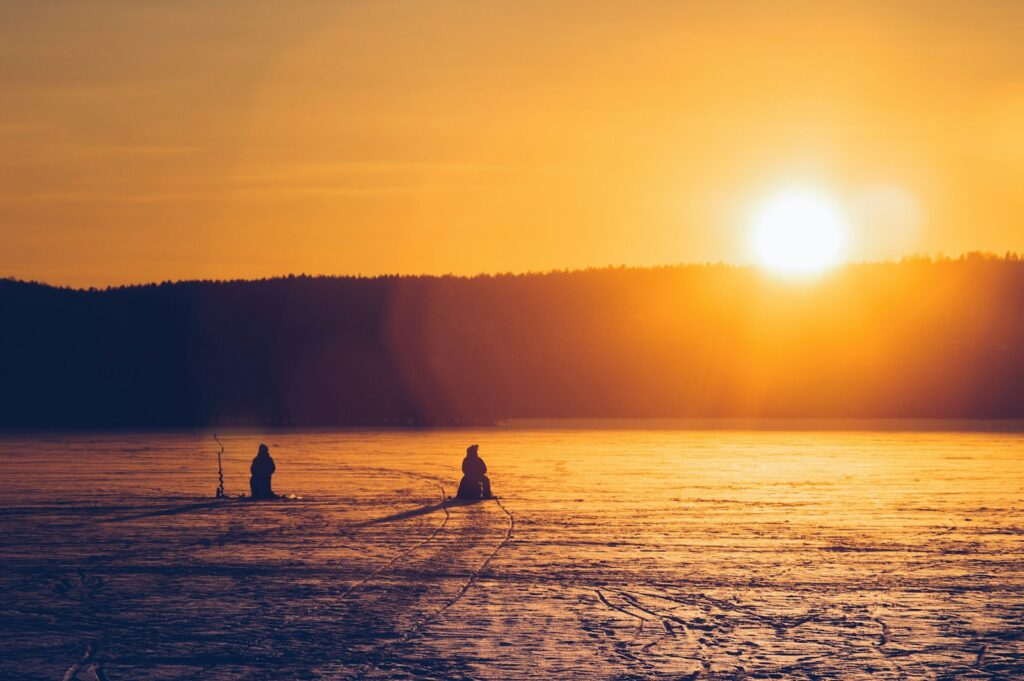
The equipment requirements and initial investment differ substantially between these fishing styles. Ice fishing can be started relatively inexpensively with basic essentials: an ice auger (hand augers typically start around $50), ice-specific rods (which are typically shorter and more sensitive than regular fishing rods), tip-ups, basic tackle, and appropriate winter clothing. As your interest grows, you may invest in fish finders, portable shelters, heaters, and power augers; however, many beginners start with minimal gear.
Fly fishing typically requires a larger initial investment, with quality entry-level rod and reel combinations starting around $150-200, plus specialized line, leaders, tippets, flies, waders, nets, and various accessories.
The learning curve for selecting appropriate flies alone can be substantial, often requiring region-specific knowledge. While both pursuits can eventually become gear-intensive hobbies, ice fishing generally offers a lower barrier to entry in terms of equipment.
Learning Curve and Technique

The technical skills required for success differ dramatically between these fishing methods. Ice fishing techniques are generally more straightforward to learn, focusing on vertical jigging presentations, understanding fish finder readings, and learning to detect subtle bites through sensitive rod tips.
Most beginners can experience some success relatively quickly with basic instruction. Fly fishing, by contrast, presents a steeper learning curve centered around mastering the casting technique, which requires developing muscle memory through consistent practice. Learning to read water, understand insect hatches, select appropriate flies, and present them naturally adds an additional layer of complexity.
Many fly anglers spend years refining their skills and knowledge. Your preference for immediate gratification versus enjoying a long-term skill development process may influence which method appeals more to your personality and learning style.
Physical Demands and Activity Level
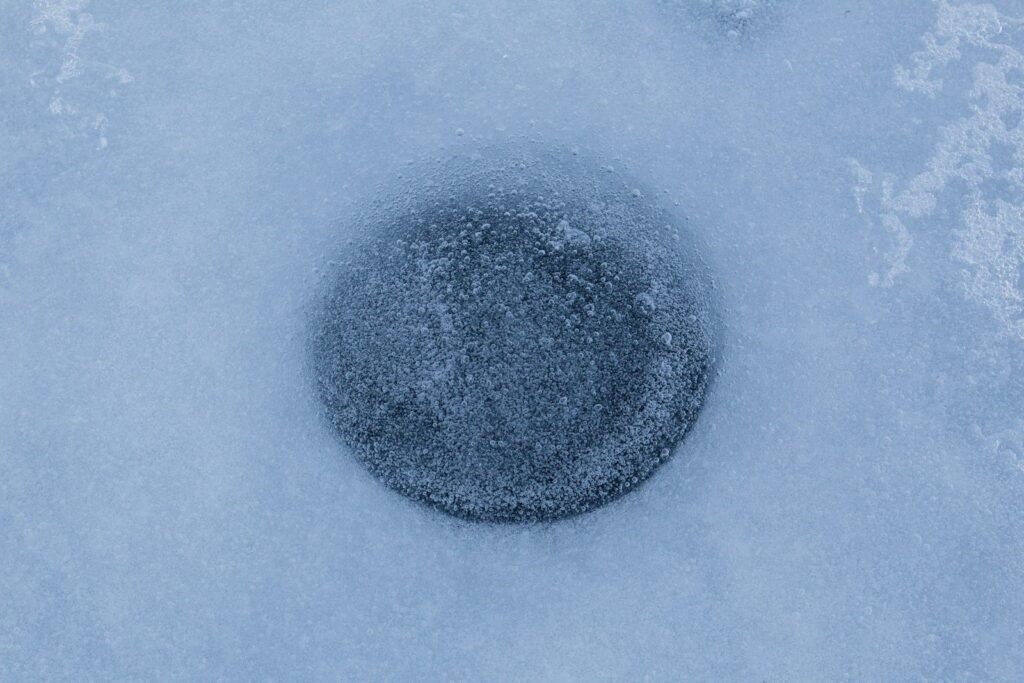
These fishing styles present contrasting physical experiences that appeal to different types of outdoor enthusiasts.
Ice fishing tends to be a more stationary activity, with periods of sitting or standing in one location, occasionally moving to drill new holes or check tip-ups. While drilling holes and traversing ice certainly requires exertion, much of the activity involves patience and waiting. This makes ice fishing potentially more accessible to those with mobility limitations or those who prefer less physically demanding outdoor activities.
Fly fishing, conversely, involves constant movement—wading through streams, walking along banks, and performing repetitive casting motions that engage the entire body. Many fly anglers walk several miles during a typical fishing session while navigating varied terrain. The physical nature of fly fishing appeals to those seeking a more active outdoor experience that combines fishing with elements of hiking and exploration.
Social Dynamics

The social aspects of these fishing methods differ significantly, offering distinct experiences for those who value companionship versus solitude in their outdoor pursuits.
Ice fishing naturally lends itself to social interaction, with anglers often gathering in groups, sharing ice shelters, and creating temporary communities on frozen lakes. The stationary nature of the activity allows for conversation, sharing meals, and camaraderie that can make it feel as much like a social gathering as a fishing expedition.
Fly fishing, while certainly enjoyable in groups, tends to foster more solitary experiences as anglers spread out along streams to avoid crowding productive water. The concentration required for casting and reading water often creates natural periods of quiet reflection and immersion in nature. Your preference for social interaction versus contemplative solitude may influence which fishing style better matches your temperament.
Target Species and Ecosystems

The aquatic environments and fish species you’ll encounter differ substantially between these fishing methods.
Ice fishing primarily targets lake-dwelling species including perch, walleye, northern pike, trout, and panfish, with techniques and gear adapted to these coldwater predators and their winter feeding patterns. The underwater ecosystem of a frozen lake presents unique challenges in locating fish, which often school tightly in specific depth ranges and structures during the winter months.
Fly fishing traditionally focuses on trout species in rivers and streams (brown, rainbow, brook, and cutthroat), though it has expanded to target bass, pike, panfish, and even saltwater species in specialized applications. Stream ecosystems require understanding complex water dynamics, insect life cycles, and the feeding behaviors of fish in flowing water.
Your interest in particular fish species or aquatic environments may naturally draw you toward one method over the other.
Weather Exposure and Comfort Considerations
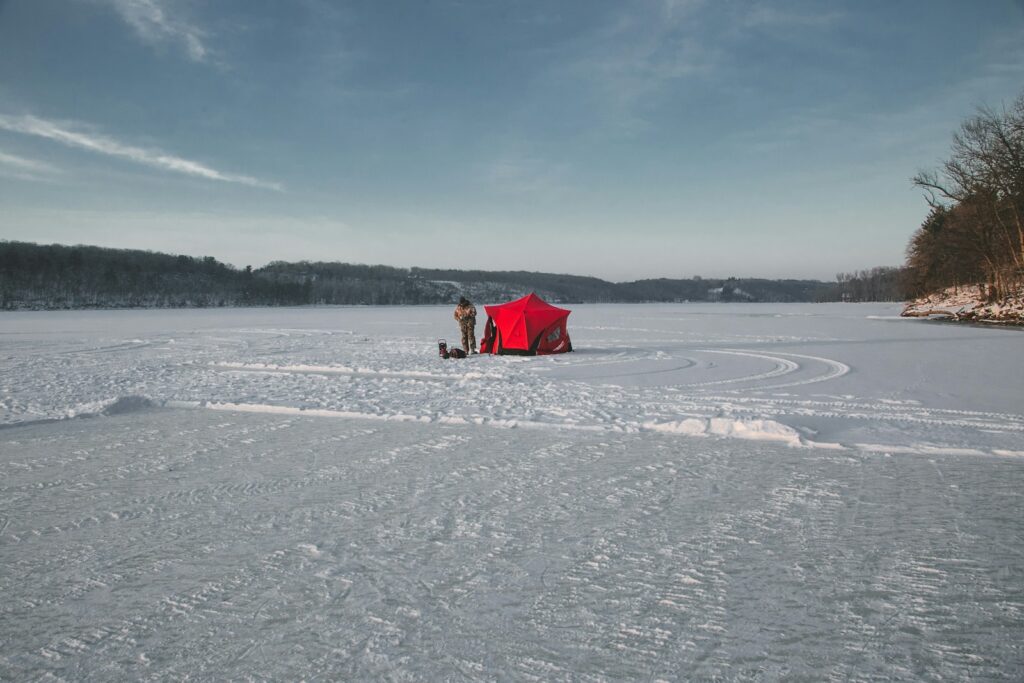
The comfort experience and weather exposure differ dramatically between these fishing styles, appealing to different tolerance levels for environmental conditions.
Ice fishing involves continuous exposure to winter conditions, with temperatures frequently below freezing and often accompanied by wind and snow. Modern ice shelters with portable heaters have revolutionized comfort levels, allowing anglers to fish in shirt sleeves even when outside temperatures plummet well below zero. Nevertheless, cold weather tolerance remains an essential requirement for enjoying the sport.
Fly fishing exposes anglers to a wider range of conditions from pleasant spring days to summer heat, sudden thunderstorms, and autumn chill. Wading in cold water presents its own unique discomforts, especially in shoulder seasons when air temperatures may be low.
Your natural affinity for either winter’s crisp stillness or summer’s flowing warmth will significantly influence which fishing style feels more naturally appealing.
Philosophical Approaches
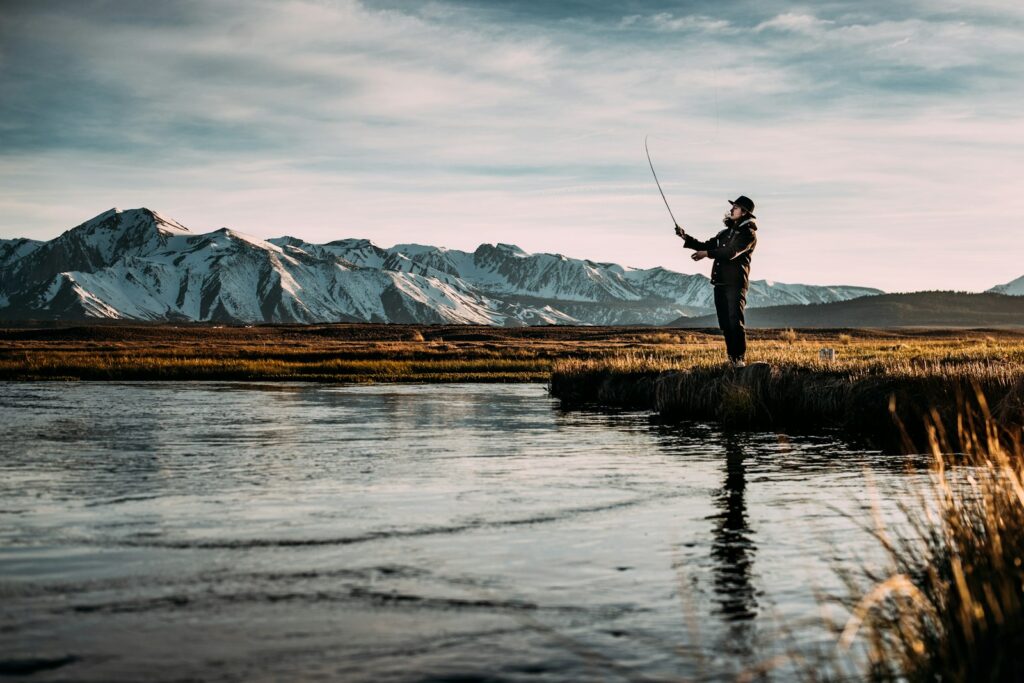
Beyond the practical differences, these fishing methods often attract anglers with different philosophical approaches to the fishing experience.
Ice fishing tends to be more results-oriented, with success typically measured by the number of catches and the shared experience of the outing. The methodology focuses on efficiency in locating and catching fish in challenging winter conditions, often incorporating modern technologies such as fish finders and underwater cameras.
Fly fishing frequently attracts those drawn to the aesthetic and artistic elements of the sport, with many practitioners valuing the casting process, connection to nature, and traditional approaches almost as much as the catch itself. The fly fishing literature and culture often emphasize conservation ethics, stream ecology, and a certain reverence for the pursuit that extends beyond harvesting fish.
While these generalizations certainly don’t apply to all anglers, they reflect common philosophical differences that may resonate with your personal approach to outdoor activities.
Accessibility and Location Requirements
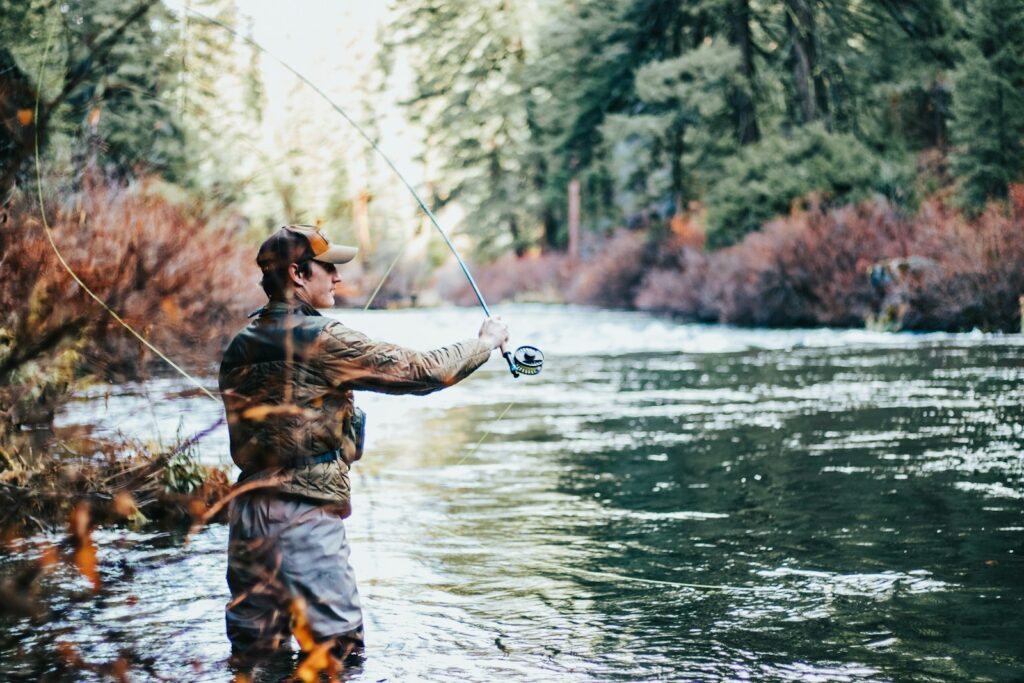
Geographical accessibility varies significantly between these fishing styles, potentially limiting options depending on where you live.
Ice fishing requires, at minimum, bodies of water that freeze solidly enough to support anglers safely—typically found in northern states, Canada, and similar northern latitudes worldwide. If you live in southern regions without reliable ice formation, this may not be a viable regular option without travel.
Fly fishing traditionally requires access to moving water, such as rivers and streams, ideally with healthy trout populations. However, adaptations for stillwater and warmwater species have expanded their geographical range. Urban anglers may find accessing quality fly fishing waters requires more travel than reaching lakes suitable for ice fishing, especially in regions with abundant lakes but limited trout streams.
Your geographical location and proximity to appropriate waters should factor into your decision about which method to pursue.
Cost Efficiency and Maintenance
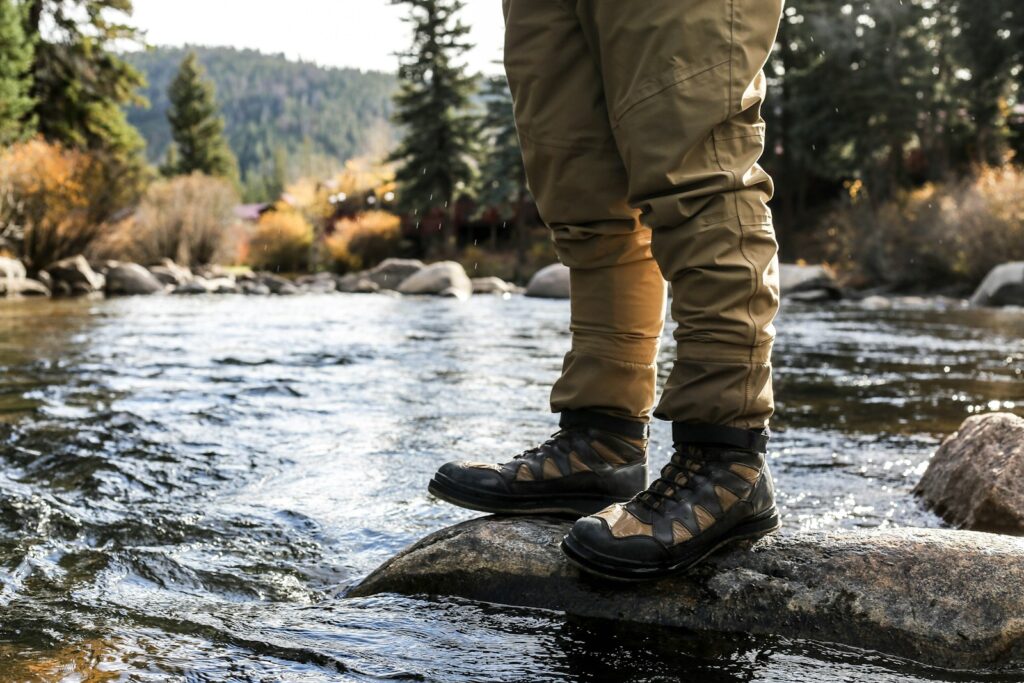
The ongoing costs and maintenance requirements differ between these fishing methods in ways that extend beyond initial equipment investments.
Ice fishing equipment generally requires less maintenance, with simpler mechanical components that need minimal care beyond basic cleaning and occasional line replacement. The seasonal nature of the activity means that gear remains stored for much of the year, reducing wear and the frequency of replacement.
Fly fishing gear demands more regular maintenance, including cleaning and dressing fly lines, replacing leaders and tippets, maintaining waders and boots, and continuously replenishing fly supplies that are easily lost or damaged. Many fly anglers tie their own flies, adding another dimension of cost and time investment. The cumulative expenses of flies alone—whether purchased or tied—can significantly impact the long-term cost equation, making fly fishing potentially more expensive over time despite comparable initial equipment investments.
Family-Friendliness and Accessibility
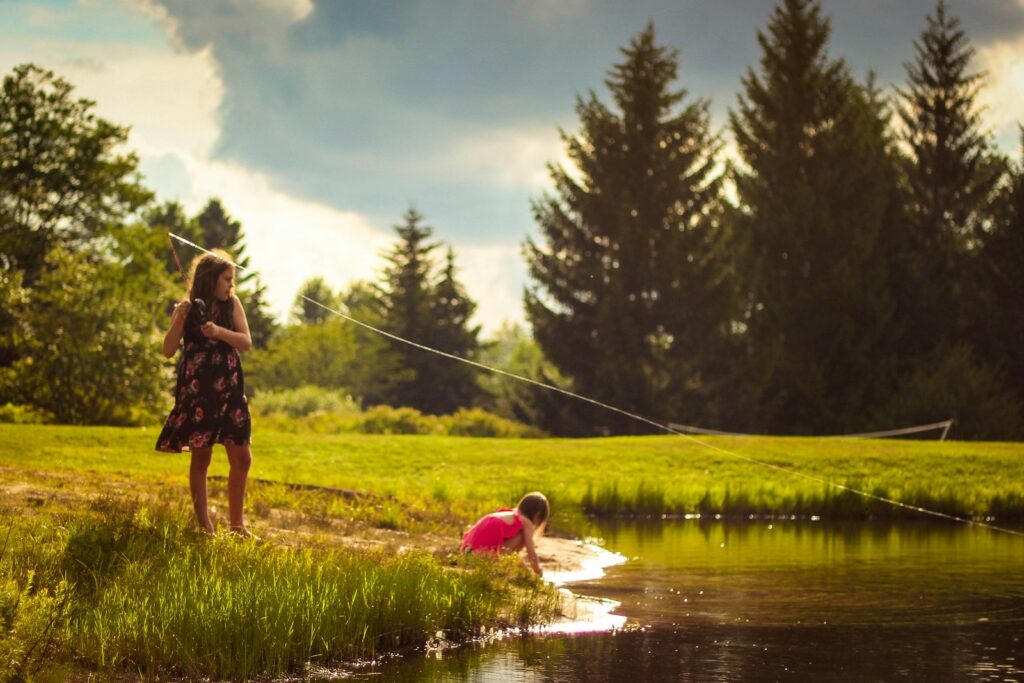
For those considering fishing as a family activity, the accessibility to children and beginners varies between these methods.
Ice fishing offers several advantages for introducing youngsters to fishing, including confined spaces that keep children within sight, the excitement of seeing fish appear through clear ice holes, and the ability to set up comfortable shelters with snacks and activities to keep children engaged when their attention spans wane. The straightforward technique of dropping a line vertically makes it easier for children to experience quick success.
Fly fishing presents more challenges for young beginners, with casting techniques that require coordination and patience that may exceed many children’s capabilities. The wading component also raises safety concerns for young children around moving water.
Many families find ice fishing more immediately accessible for group outings, while fly fishing often becomes a pursuit that older children and teenagers grow into as their skills and patience develop.
Making Your Choice
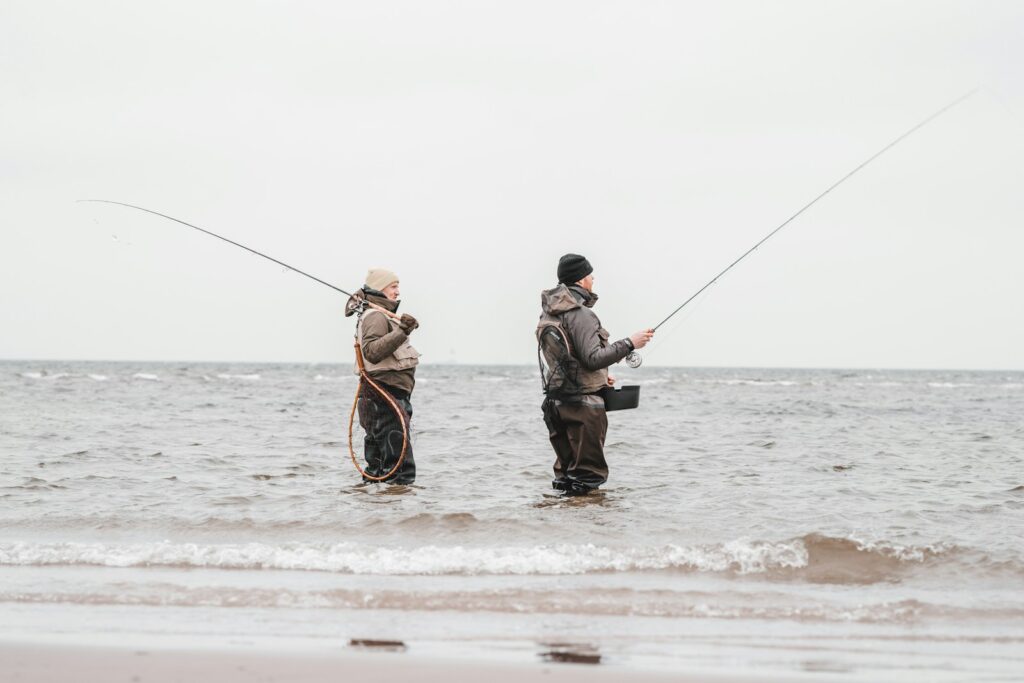
Ultimately, choosing between ice fishing and fly fishing depends on honestly assessing your personal preferences, physical capabilities, geographical location, and what aspects of fishing most appeal to you. Many anglers find that ice fishing offers accessibility, social opportunities, and winter outdoor engagement that complements other fishing methods practiced during warmer months.
Others discover that fly fishing’s combination of skill development, active movement, and aesthetic appeal creates a deeply satisfying lifelong pursuit that transcends merely catching fish. There’s no wrong answer, and many experienced anglers eventually incorporate both methods into their fishing calendar to enjoy year-round opportunities.
Consider starting with the method that aligns best with your current circumstances, location, and interests, while remaining open to exploring the other approach as your angling journey evolves. The beauty of fishing lies in its diversity of experiences, each offering unique connections to water, nature, and the timeless pursuit of fish.
Whether you choose the meditative silence of a frozen lake or the rhythmic dance of casting to rising trout, both ice fishing and fly fishing offer rich traditions, dedicated communities, and the potential for memorable experiences on the water. The perfect choice is the one that inspires you to begin the journey, develop your skills, and discover the particular joy that fishing in all its forms has brought to generations of anglers before you. The water—whether frozen or flowing—awaits your decision.
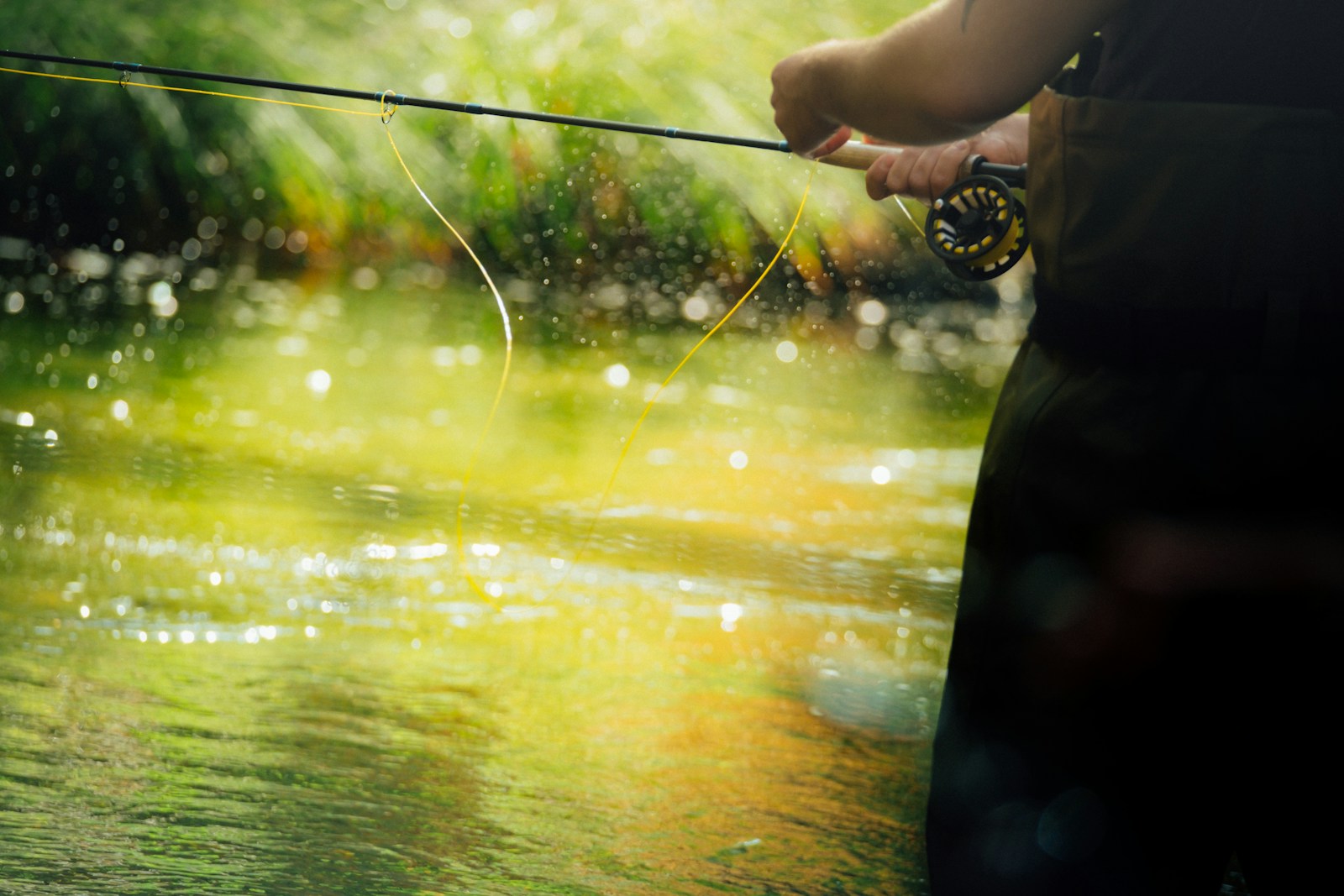
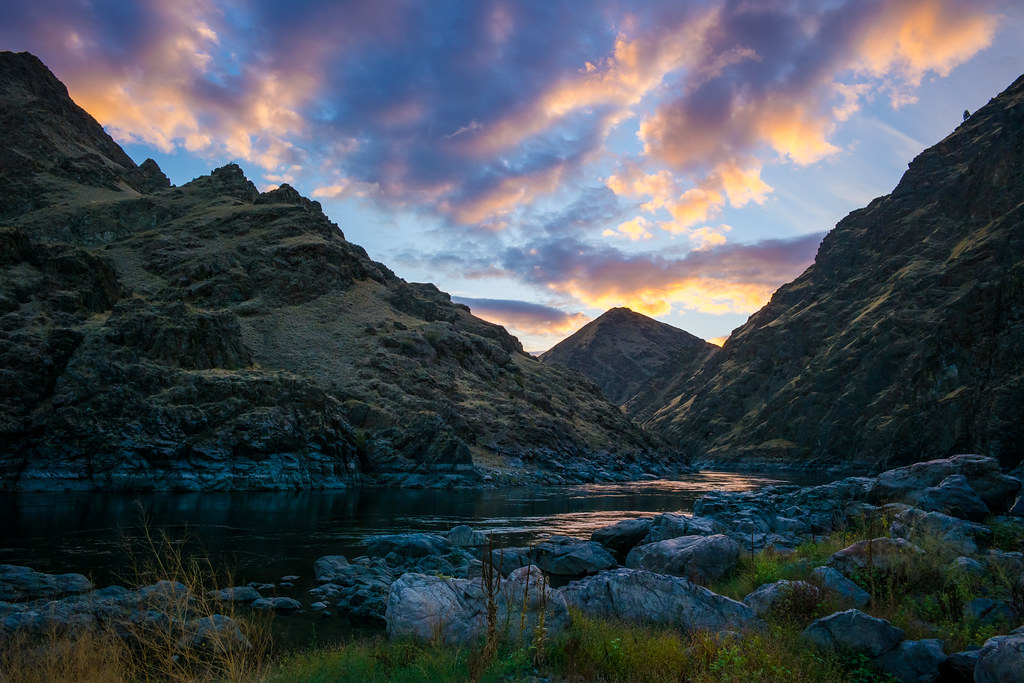

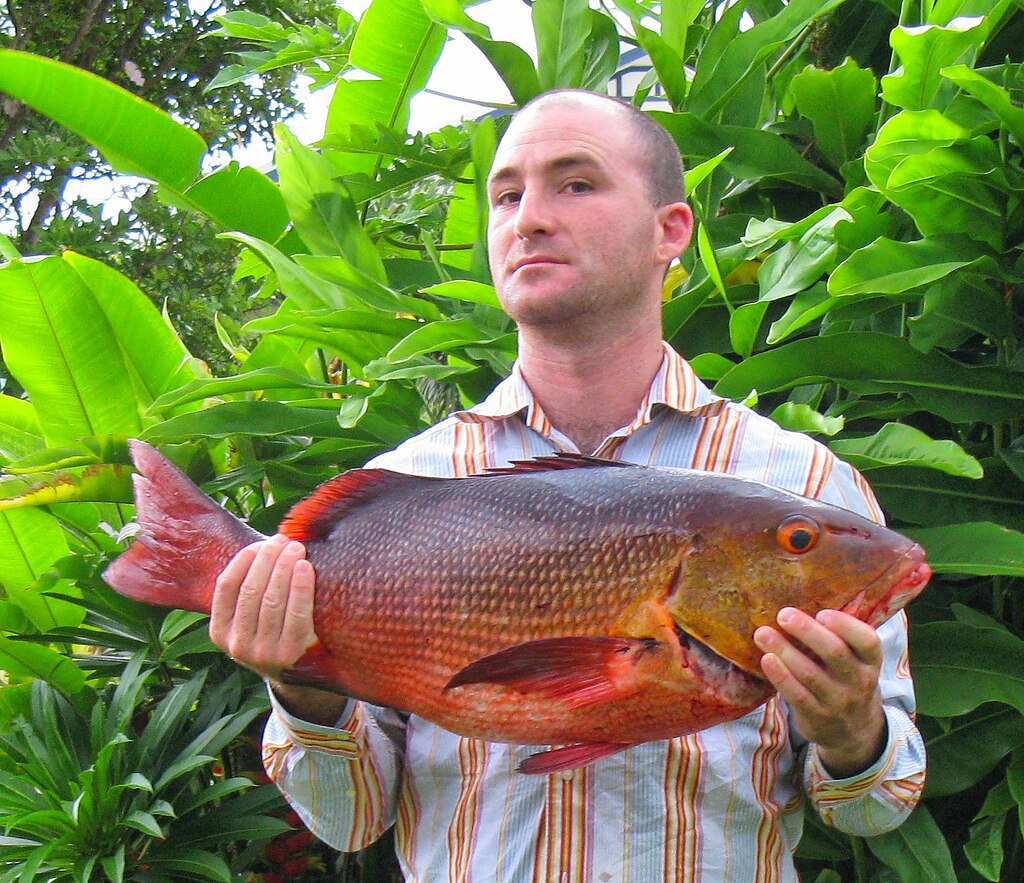










Post Comment